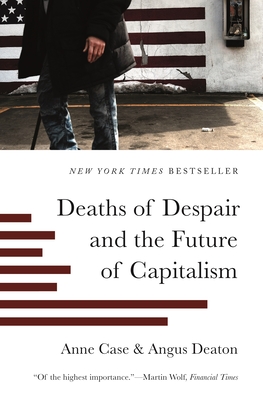Expedite your nonfiction book discovery process with Readara interviews, summaries and recommendations, Broaden your knowledge and gain insights from leading experts and scholars
In-depth, hour-long interviews with notable nonfiction authors, Gain new perspectives and ideas from the writer’s expertise and research, Valuable resource for readers and researchers
Optimize your book discovery process, Four-to eight-page summaries prepared by subject matter experts, Quickly review the book’s central messages and range of content
Books are handpicked covering a wide range of important categories and topics, Selected authors are subject experts, field professionals, or distinguished academics
Our editorial team includes books offering insights, unique views and researched-narratives in categories, Trade shows and book fairs, Book signings and in person author talks,Webinars and online events
Connect with editors and designers,Discover PR & marketing services providers, Source printers and related service providers

Deaths of Despair and the Future of Capitalism
Business & Economics > Economics - General
- Princeton University Press
- Paperback
- 9780691217079
- 8.1 X 5.4 X 1 inches
- 0.3 pounds
- Business & Economics > Economics - General
- (Single Author) Asian American
- English
Readara.com
Book Description
A New York Times Bestseller
A Wall Street Journal Bestseller
A New York Times Notable Book of 2020
A New York Times Book Review Editors' Choice
Shortlisted for the Financial Times and McKinsey Business Book of the Year
A New Statesman Book to Read
From economist Anne Case and Nobel Prize winner Angus Deaton, a groundbreaking account of how the flaws in capitalism are fatal for America's working class
Deaths of despair from suicide, drug overdose, and alcoholism are rising dramatically in the United States, claiming hundreds of thousands of American lives. Anne Case and Angus Deaton explain the overwhelming surge in these deaths and shed light on the social and economic forces that are making life harder for the working class. As the college educated become healthier and wealthier, adults without a degree are literally dying from pain and despair. Case and Deaton tie the crisis to the weakening position of labor, the growing power of corporations, and a rapacious health-care sector that redistributes working-class wages into the pockets of the wealthy. This critically important book paints a troubling portrait of the American dream in decline, and provides solutions that can rein in capitalism's excesses and make it work for everyone.
Author Bio
Anne Case Anne Case is the Alexander Stewart 1886 Professor of Economics and Public Affairs, Emeritus at Princeton University, where she continues to teach in the School of Public and International Affairs.
Dr. Case has written extensively on health over the life course. She has been awarded the Kenneth J. Arrow Prize in Health Economics from the International Health Economics Association, for her work on the links between economic status and health status in childhood, and the Cozzarelli Prize from the Proceedings of the National Academy of Sciences for her research on midlife morbidity and mortality.
Dr. Case currently serves on the Committee on National Statistics. She is a Research Associate of the NBER, a Fellow of the Econometric Society, and is an affiliate of the Southern Africa Labour and Development Research Unit at the University of Cape Town.
She also is a member of the National Academy of Sciences, the National Academy of Medicine, the American Academy of Arts and Sciences, and the American Philosophical Society.
Research Interests
Morbidity and Mortality in the 21st Century
Around the turn of the century, after decades of improvement, all-cause mortality rates among white non-Hispanic men and women in middle age stopped falling in the US, and began to rise. While midlife mortality continued to fall in other rich countries, and in other racial and ethnic groups in the US, white non-Hispanic mortality rates for prime-aged adults increased.
Mortality declines from the two biggest killers in middle age—cancer and heart disease—were offset by marked increases in drug overdoses, suicides, and alcohol-related liver mortality in this period.
By 2014, rising mortality in midlife, led by these "deaths of despair," was large enough to offset mortality gains for children and the elderly, leading to a decline in life expectancy at birth among white non-Hispanics between 2013 and 2014, and a decline in overall life expectancy at birth in the US between 2014 and 2015. Mortality increases for whites in midlife were paralleled by morbidity increases, including deteriorations in self-reported physical and mental health, and rising reports of chronic pain.
My current research, supported by a grant from the National Institute on Aging, seeks to understand this turn of events.
Source: Princeton University
Videos










Community reviews
No Community reviews

